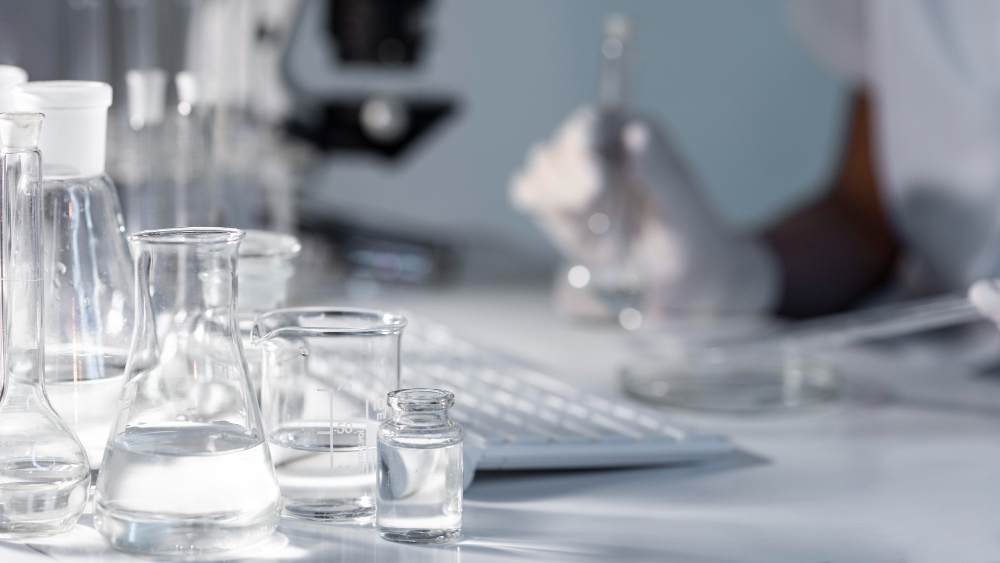현장실험 번역(한국어 원본)3.5 현장실험
현장실험용으로 설치한 유량부는 총 30 대로 20 mm 유량부 7대와 이중 3 가지 유량부가 모두 설치되지 않은 150 mm 2대(임펠러와 전자기만 설치)를 제외한 21 대를 분석 대상으로 선정하였다. 난방열량계 유량부는 한국표준과학연구원 액체유량표준시스템에서 성능시험을 실시 한 후 현장에 설치하였다. 성능시험 할 때, 3 가지 유량부(초음파, 전자기, 임펠러)를 1 set로 하여 실증시험을 실시하고, 분리하지 않고 시험을 실시한 상태로 현장에 설치하였다. 현장에서는 난방열량계 유량부는 환류측에 기존의 난방열량계와 직렬로 연결하여 각각 설치하였고, 기존 난방열량계 사용에 전혀 방해가 되지 않고 탈부착이 가능하도록 한다. 또 온도센서는 별도의 배관을 제작하여 공급 및 환수온도를 측정하였다. 현장에 설치된 난방열량계는 연산부의 데이터 저장능력 때문에 1달에 한 번씩 데이터 취득하여 분석하였다. 그림 11은 유량부 직경별 총 사용유량을 동절기부터 하절기까지 기존에 설치된 또 다른 임펠러 유량부가 측정한 사용유량을 기준값으로 하여 전자기, 초음파 및 임펠러 유량부를 % 편차를 구한 결과이다. 동절기(1월, 2월)는 난방을 실시하므로 모든 유량부가 ± 2.5 이내의 편차를 보이고 있다. 그러나 봄이 시작되는 3월부터 유량 사용이 급격히 감소하는 시기로 이때부터 전자기 유량부는 구경에 관계없이 임펠러 유량부, 초음파 유량부에 비교하여 – 편차를 보여주고 있다. 이 이유는 전자기 유량부는 임펠러 유량부, 초음파 유량부가 측정하는 낮은 유동율을 측정하지 못하는 것으로 판단된다. 따라서 하절기로 가면서 유량 사용량이 감소하여 점점 전자기 유량부가 유량을 측정하지 못해 – 편차를 나타낸 것이다.
동절기부터 하절기까지의 사용한 모든 유량을 기존에 설치된 임펠러유량부 사용유량을 기준으로 % 편차로 나타내면, 임펠러 유량부와 초음파 유량부는 제작회사에서 제공하는 1 % 이내의 편차를 나타내었다. 반면 전자기 유량부는 -4.4 % 차이가 발생하며, 또한 전자기 유량부는 낮은 유량으로 사용되는 7월 데이터에서 전혀 유량을 측정하지 못하거나 다른 유량부와 큰 차이를 나타내고 있다. 따라서 전자기 유량부는 장기 운전에 따른 유량 과소 측정을 확인하였다. |
현장실험 번역(영어 번역본)3.5 Field experiment
A total of 30 flow elements were installed for the field experiment. 21 of them were analyzed. 7 20mm flow elements and 2 150mm flow elements all three types of which were not installed (only the impeller and electromagnetic type were installed) were excluded. The performance test of the heat meter flow elements was conducted in the standard liquid flow rate system of the Korea Research Institute of Standards and Science, and they were installed in the field. During the performance test, 3 types of flow elements (ultrasound, electromagnetic, impeller) were 1 set and the field test was conducted. They were installed in the field without disassembly after the performance test. In the field the heat meter flow element was connected serially to the existing heat meter on the return flow side, and it must be possible to attach and detach it without interfering with the use of the existing heat meter. Also, a separate pipe was made, and the supply and return temperature was measured with the temperature sensor. Data was obtained from the heat meter installed in the field once a month for analysis because of the data storage capacity of the arithmetic unit. Figure 11 shows the % deviation of the electromagnetic, ultrasound and impeller flow element with the total flow of flow elements by diameter as measured by another impeller flow element, which was previously installed, serving as the reference value from winter to summer. As heating is done in winter (January and February), the % deviation of all flow elements was ±2.5 or less. However, from March when spring starts and flow starts to decrease rapidly, the electromagnetic flow element showed a negative deviation as compared to the impeller flow element and the ultrasound flow element regardless of diameters. The reason is that the electromagnetic flow element cannot low flow rates, which the impeller flow element, and the ultrasound flow element cannot measure. Flow decreased in summer, and the electromagnetic flow element cannot measure flow. Hence the negative deviation.
If the total flow used from winter to summer is expressed as % deviation of the flow as measured by the existing impeller flow element, the impeller flow element and the ultrasound flow element showed 1% or less deviation presented by the manufacturer. Meanwhile, the % deviation of the electromagnetic flow element was -4.4%, and the electromagnetic flow element could not measure flow at all in July when the flow is low, or showed a big difference from other flow elements. Accordingly, it was confirmed that the electromagnetic flow element under-measured flow over a long period of time. |
